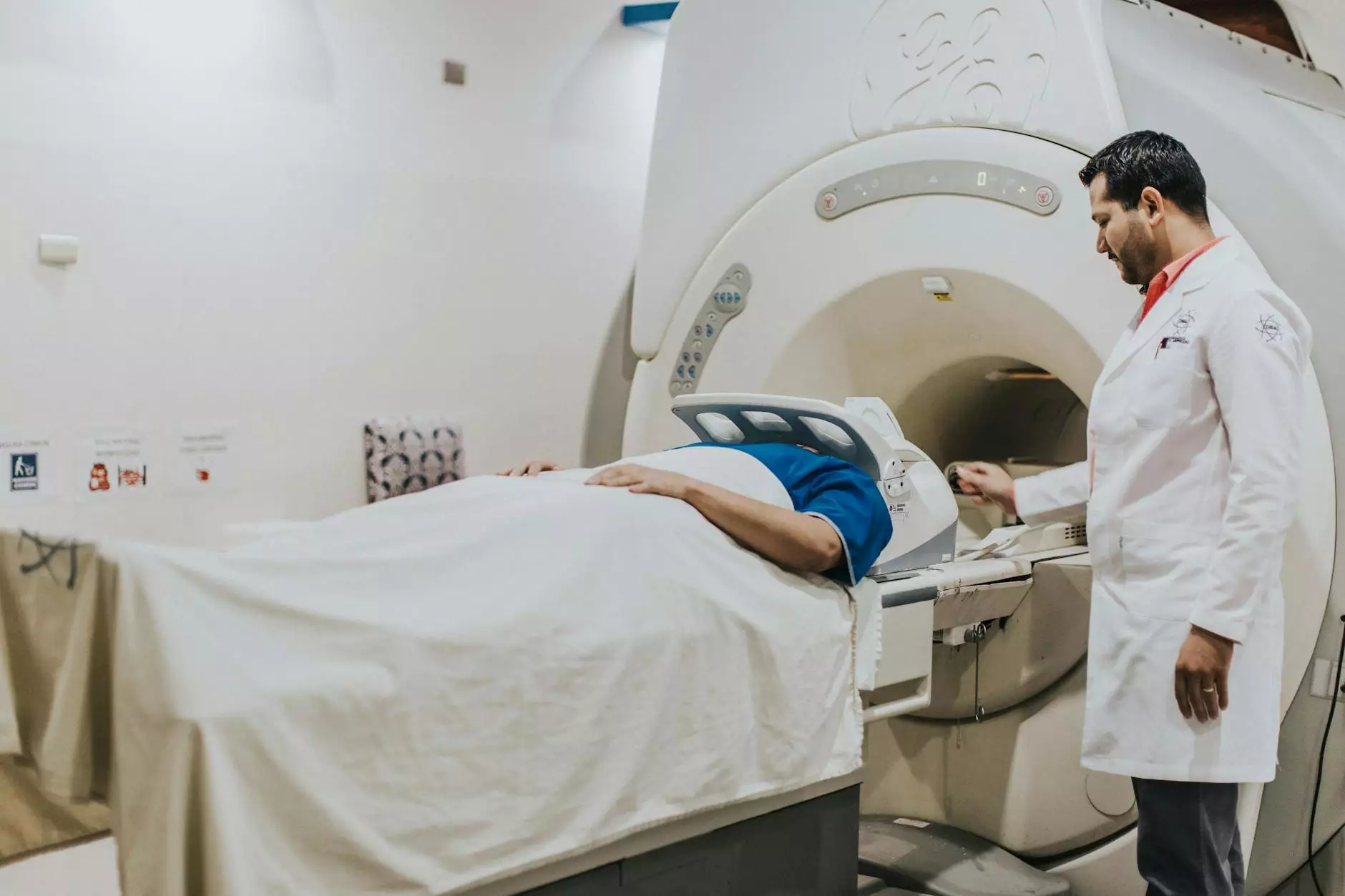Pneumothorax Treatment: Comprehensive Insights for Better Outcomes

Understanding pneumothorax treatment is crucial for anyone interested in healthcare, medical practices, and life-saving procedures. This article aims to provide an in-depth overview of pneumothorax, its causes, symptoms, diagnosis, treatment options, and recovery, to empower patients and caregivers with valuable knowledge.
What is Pneumothorax?
A pneumothorax occurs when air enters the pleural space, which is the area between the lungs and the chest wall. This condition can lead to a collapsed lung, which can be a serious medical emergency. Pneumothorax can be classified into various types:
- Primary Spontaneous Pneumothorax: Occurs without an obvious cause in individuals without underlying lung disease.
- Secondary Spontaneous Pneumothorax: Occurs in people with pre-existing lung diseases, such as COPD or cystic fibrosis.
- Traumatic Pneumothorax: Caused by direct injury to the chest, which may include rib fractures or penetrating wounds.
- Tension Pneumothorax: A life-threatening condition where air becomes trapped in the pleural space, leading to increased pressure on the lungs and heart.
Causes of Pneumothorax
The underlying causes of pneumothorax vary depending on its type. Some common causes include:
- Sudden changes in altitude, such as during scuba diving or flying.
- Underlying lung conditions, including asthma and lung infections.
- Chest trauma from accidents or falls.
- Medical procedures that involve the lungs or chest, such as lung biopsies or mechanical ventilation.
Symptoms of Pneumothorax
The symptoms of pneumothorax can range from mild to severe and may include:
- Sharp, sudden chest pain: Often worsens with breathing or coughing.
- Shortness of breath: Difficulty breathing can occur, particularly if the lung is significantly collapsed.
- Rapid breathing and heart rate: The body may react to low oxygen levels.
- Fatigue: Feeling weak or lethargic may result from reduced oxygenation.
Diagnosing Pneumothorax
If a pneumothorax is suspected, various diagnostic tools and methods may be employed:
- Physical Examination: A healthcare provider may listen for diminished breath sounds during a physical exam.
- Chest X-ray: This imaging technique is commonly used to visualize any air in the pleural space.
- CT Scan: More accurate than an X-ray, a CT scan can provide detailed images of the chest and identify even small pneumothoraces.
Pneumothorax Treatment Options
The treatment for pneumothorax depends on the severity of the condition, the patient's overall health, and whether the pneumothorax is primary or secondary. Here are some common treatment methods:
1. Observation
In cases of small, uncomplicated pneumothorax, observation may be sufficient. Patients are typically monitored to see if the condition resolves on its own.
2. Needle Aspiration
If the pneumothorax is larger or causing moderate symptoms, a procedure called needle aspiration may be performed. This involves inserting a needle or catheter into the pleural space to remove the excess air and allow the lung to re-expand.
3. Chest Tube Placement
For more severe cases, particularly with tension pneumothorax, a chest tube may be inserted. This tube continuously drains air from the pleural space, preventing further collapse of the lung until the air is resolved and the lung can reinflate.
4. Surgery
In persistent or recurrent pneumothorax cases, surgical intervention may be necessary. Procedures may include:
- Video-assisted thoracoscopic surgery (VATS): A minimally invasive method used to repair the blebs (blisters) that may have caused the pneumothorax.
- Thoracotomy: In more extensive cases, an open surgery may be required to address the underlying issue.
Home Care and Recovery
Post-treatment care is crucial for a successful recovery. Patients are advised to:
- Rest and avoid strenuous activities for a few weeks.
- Avoid air travel or scuba diving until cleared by a healthcare provider.
- Attend follow-up appointments to monitor lung health.
When to Seek Medical Attention
It is vital to recognize the signs that require immediate medical attention:
- Severe chest pain that worsens over time.
- Increased difficulty breathing.
- Signs of shock, such as pale skin, rapid heartbeat, or confusion.
Preventing Pneumothorax
While not all pneumothorax cases are preventable, some precautionary measures can help reduce risk:
- Do not engage in high-risk activities without proper training and equipment.
- Follow medical advice if diagnosed with lung conditions.
- Quit smoking and avoid harmful airborne substances.
Conclusion
Understanding the intricacies of pneumothorax treatment equips individuals with the knowledge necessary for better health outcomes. Awareness of the symptoms, causes, and treatment options can bolster proactive health management. For personalized advice, always consult with healthcare professionals.
About Neumark Surgery
Neumark Surgery is committed to delivering exceptional care in the fields of Doctors, Health & Medical, and Medical Centers. Our dedicated team of medical professionals is here to ensure you receive the highest quality treatment available for pneumothorax and other medical conditions.
For more information, please visit neumarksurgery.com.



